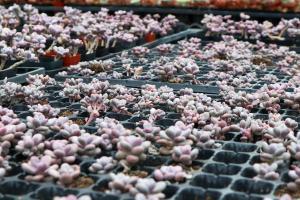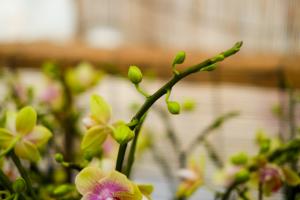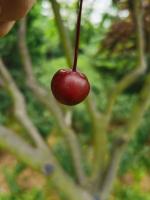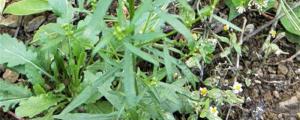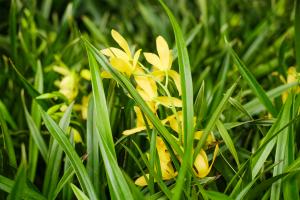What Happens to Trees and Plants in the Winter
Winter is the season of freezing temperatures, snow, and ice. During this time, trees and plants face unique challenges in order to survive. In this article, we'll explore the different ways in which trees and plants adapt to the winter season.
Dormancy
One of the primary ways that trees and plants survive the winter is through dormancy. Dormancy is a state of reduced activity in which the plant conserves energy by slowing down or stopping metabolic processes. During dormancy, trees and plants lose their leaves or needles, which reduces water loss and protects the plant from damage caused by the weight of heavy snow or ice. The plant's roots also become dormant during this time, conserving energy and protecting the plant from freezing temperatures.
Adaptations
Trees and plants have also developed a number of adaptations to help them cope with the winter season. For example, coniferous trees like pine and spruce have needle-like leaves that reduce water loss and can withstand the weight of snow and ice. Many deciduous trees like oak and maple have thick bark that helps insulate the tree from freezing temperatures. Some plants like wintergreen have developed the ability to photosynthesize in low light conditions, allowing them to continue to grow and produce energy even when there is little sunlight during the winter months.
Winter Dehydration
Despite the adaptations and strategies that trees and plants use to survive the winter, they still face challenges that can lead to dehydration. During the winter, the cold temperatures and dry air can cause water to evaporate from the plant's leaves and needles, which can lead to damage or even death. Trees and plants combat this by reducing their water intake and increasing their water retention through adaptations like reduced leaf size and wax coatings on leaves and needles.
The Role of Animals
In addition to the strategies and adaptations that trees and plants use to survive the winter, they also rely on animals to help them cope with the harsh conditions. For example, animals like deer and rabbits may forage on trees and plants during the winter, which can help prevent the plants from becoming too dense and allowing them to withstand heavy snow or ice. Other animals like birds and squirrels may rely on trees and plants for food and shelter during the winter months.
Conclusion
In conclusion, trees and plants have evolved a number of adaptations and strategies in order to survive the winter season. From dormancy to reduced water intake and increased water retention, trees and plants are able to cope with the harsh conditions in different ways. While they face many challenges during the winter, they also rely on animals to contribute to their survival. By understanding the ways in which trees and plants adapt to the winter season, we can appreciate the resilience and beauty of nature even in the harshest of conditions.

 how many times do yo...
how many times do yo... how many planted tre...
how many planted tre... how many pine trees ...
how many pine trees ... how many pecan trees...
how many pecan trees... how many plants comp...
how many plants comp... how many plants can ...
how many plants can ... how many plants and ...
how many plants and ... how many pepper plan...
how many pepper plan...